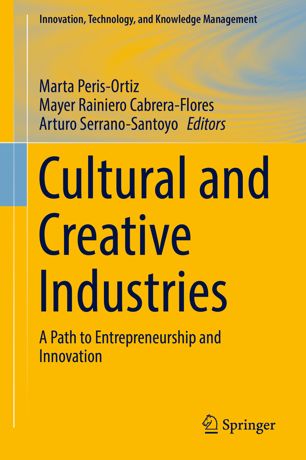

Most ebook files are in PDF format, so you can easily read them using various software such as Foxit Reader or directly on the Google Chrome browser.
Some ebook files are released by publishers in other formats such as .awz, .mobi, .epub, .fb2, etc. You may need to install specific software to read these formats on mobile/PC, such as Calibre.
Please read the tutorial at this link: https://ebookbell.com/faq
We offer FREE conversion to the popular formats you request; however, this may take some time. Therefore, right after payment, please email us, and we will try to provide the service as quickly as possible.
For some exceptional file formats or broken links (if any), please refrain from opening any disputes. Instead, email us first, and we will try to assist within a maximum of 6 hours.
EbookBell Team

4.3
18 reviewsThis book examines the ways in which cultural and creative industries can drive entrepreneurship, innovation, sustainability and overall regional development. It will address such issues as (1) the technical (tangible) components of creative and cultural industries in relation to innovation; (2) the intangible components of creative and cultural industries in relation to services provided; (3) the relationship between tangible and intangible components and economic and social innovation; and (4) the ways in which creative and cultural industries effect and influence regional sustainability and development.
Cultural and creative industries and the creative economy as a whole have been increasingly prevalent in research literature because of their role in driving economic and social development. Cultural and creative industries also enable other forms of entrepreneurship and innovation beyond the traditional, technology-based focus of innovation, thereby enhancing regional growth and development through these channels. The contributions presented in this book discuss the main issues, challenges, opportunities and trends of cultural and creative industries through conceptual analysis and cases studies from different world regions. Featuring research from industries such as art, health care, beer and wine and education, this book provides researchers, academics, professionals and policy makers with a detailed examination of the development and potential of cultural and creative industries in regional and global economies.